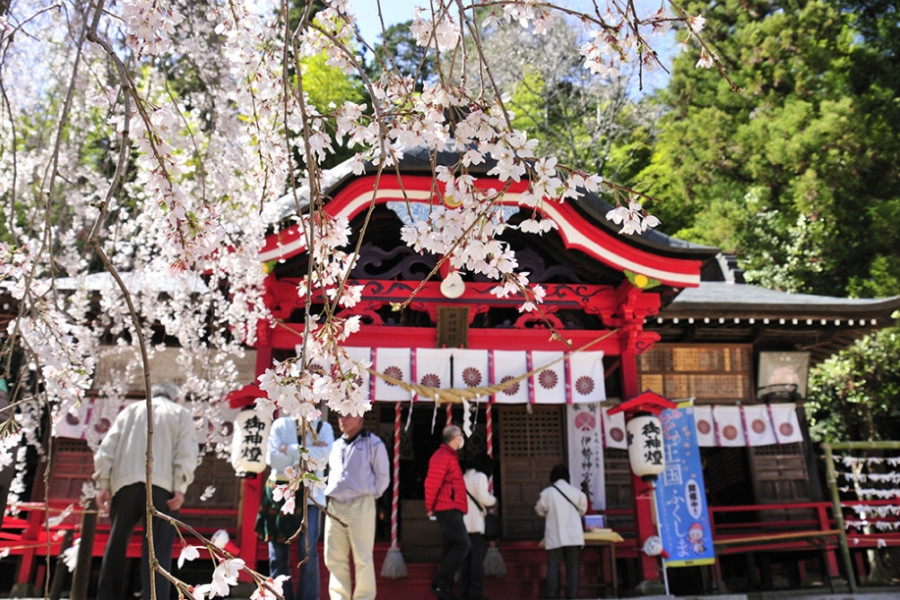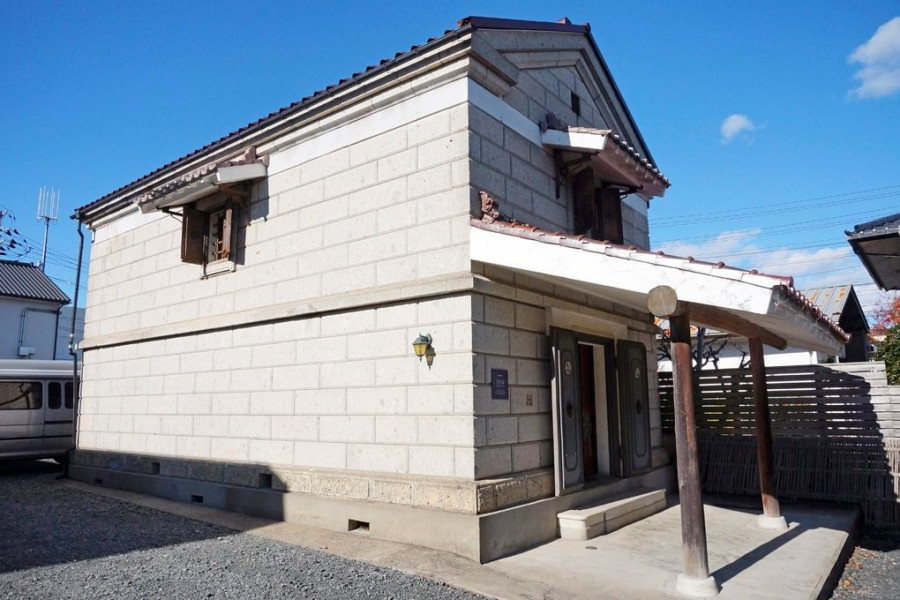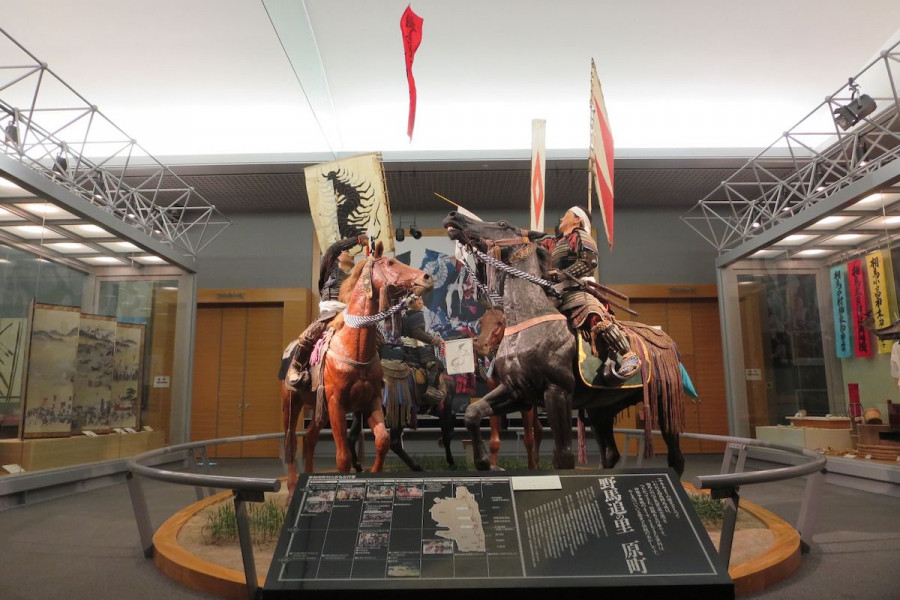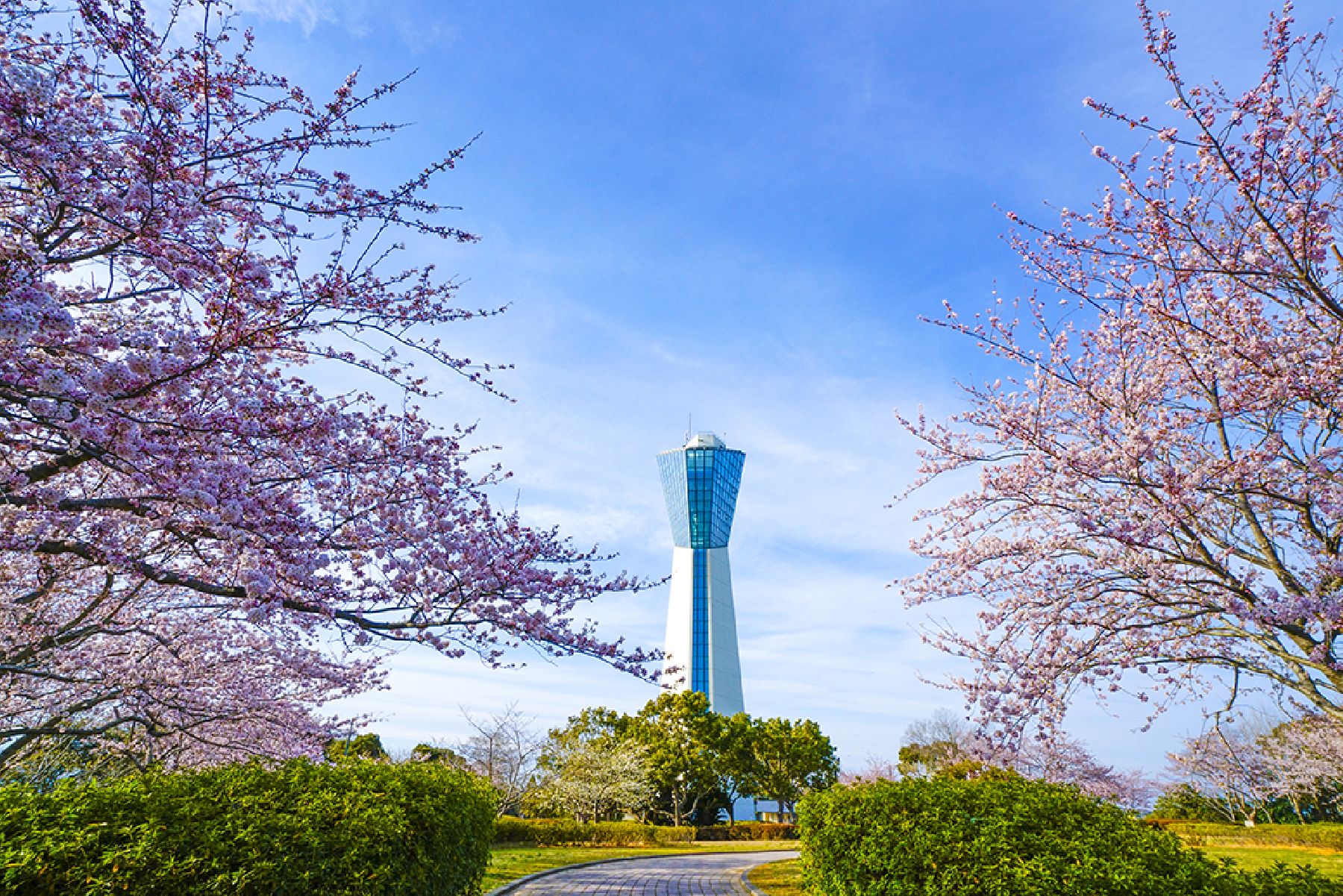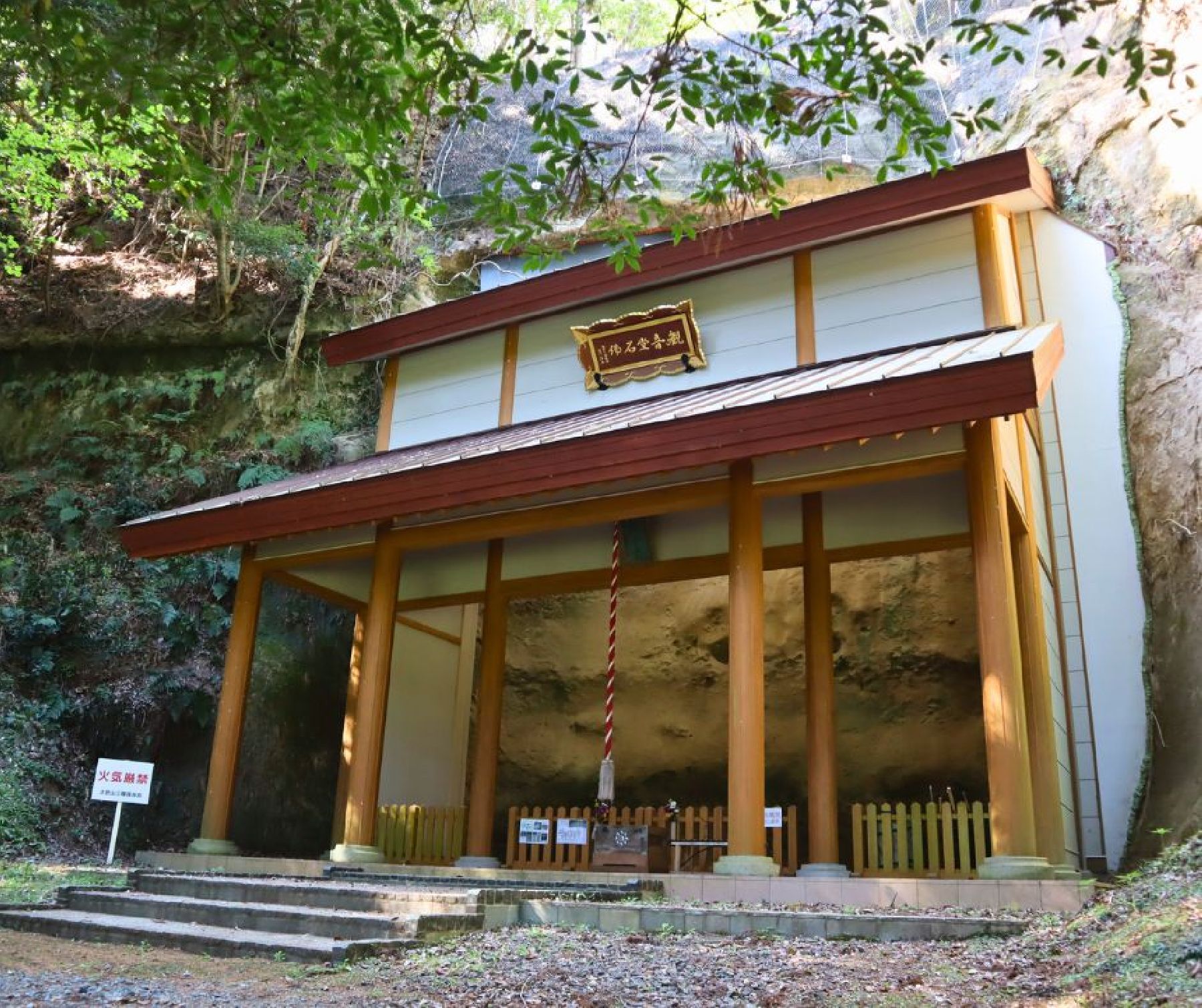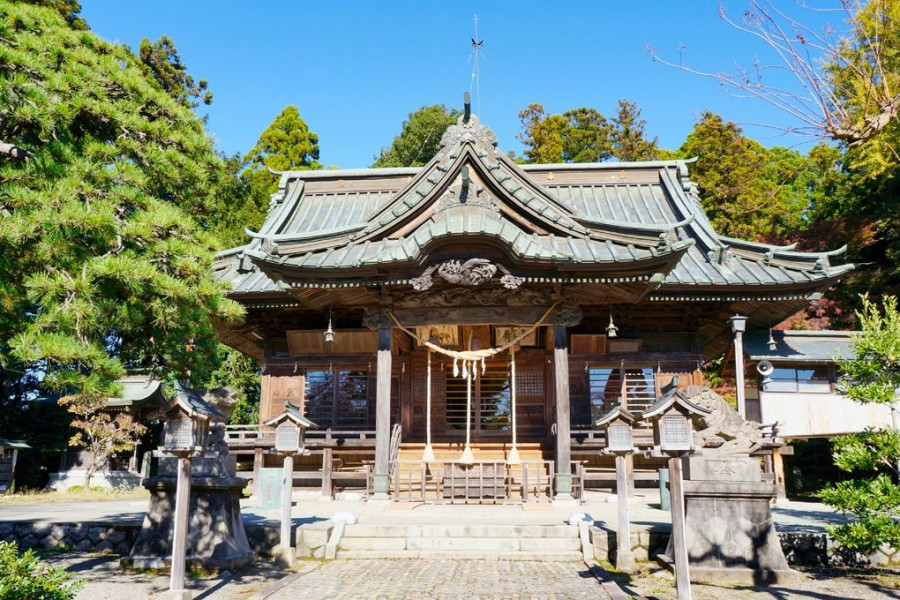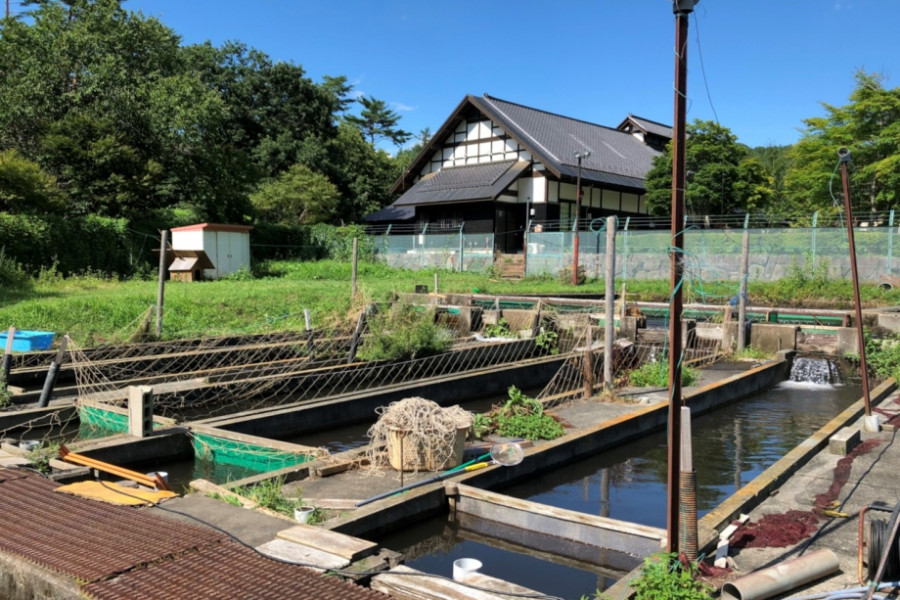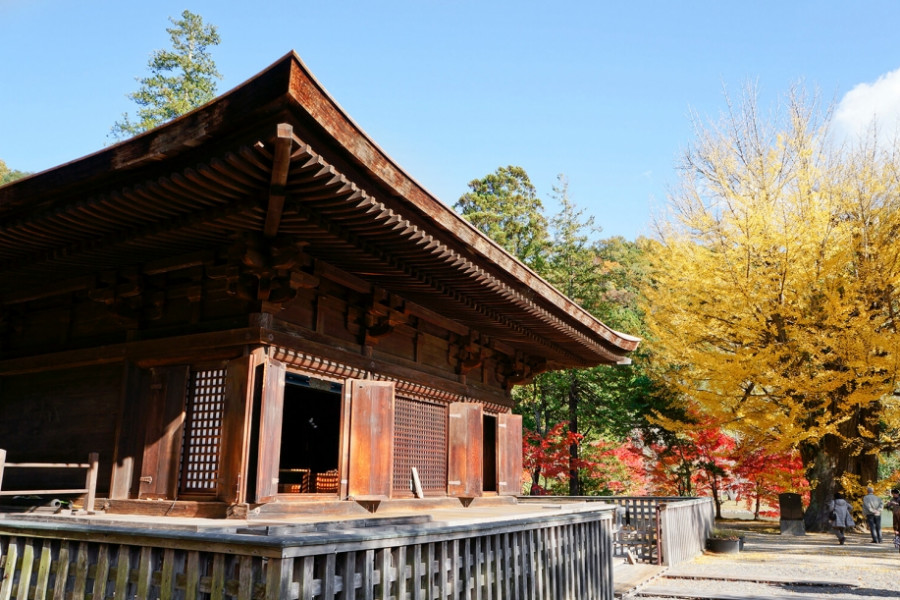
Shiramizu Amidado Temple
Shiramizu Amidado Temple (Amitabha Hall) was constructed in 1160 by Princess Tokuhime of the Oushu Fujiwara clan, which built the "golden culture" in Oushu (the present Tohoku Region). It is the only building in Fukushima Prefecture that has been designated as a national treasure. Inside the hall stands a wooden statue of Amida Nyorai as well as a number of other Buddhist statues such as Kannon Bosatsu, Seishi Bosatsu, Jikoku Tenno, and Tamon Tenno.The garden, called Jodo Teien (Jodo, or "the pure land", is the Buddhist paradise) is a realm of natural beauty in every season. The scenery is especially breathtaking in summer when the lotus flowers are in bloom, prompting one famous writer to liken the garden to a mythical paradise.
